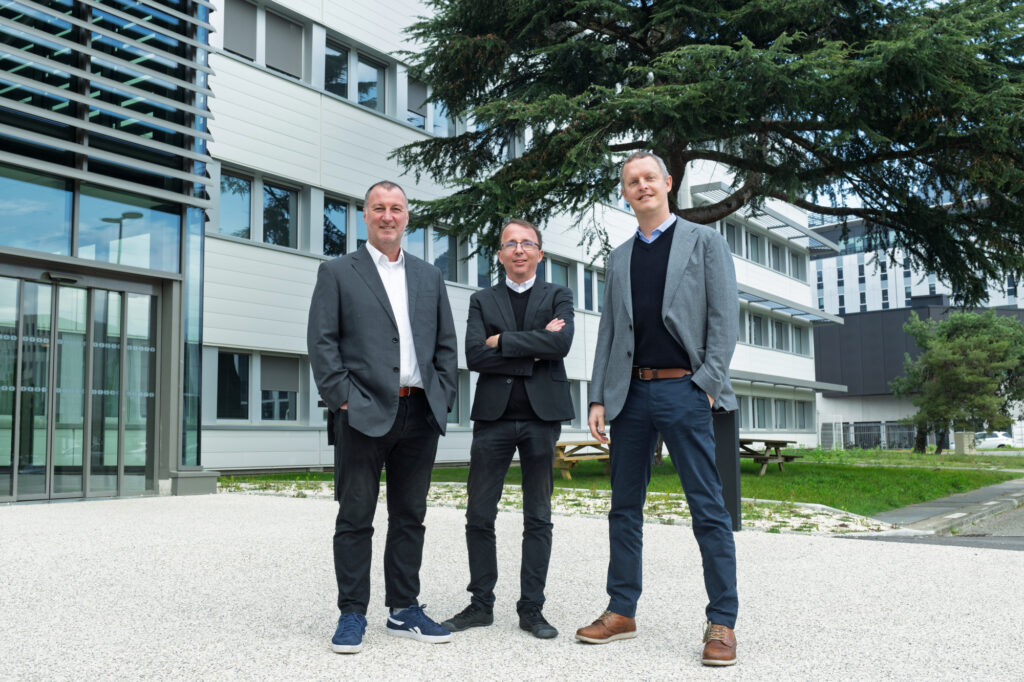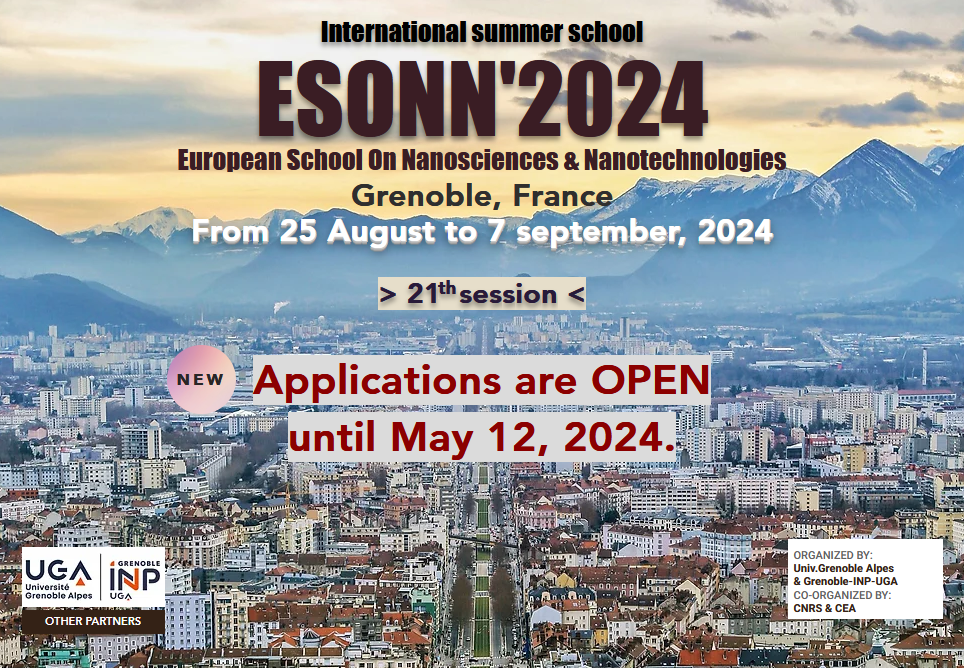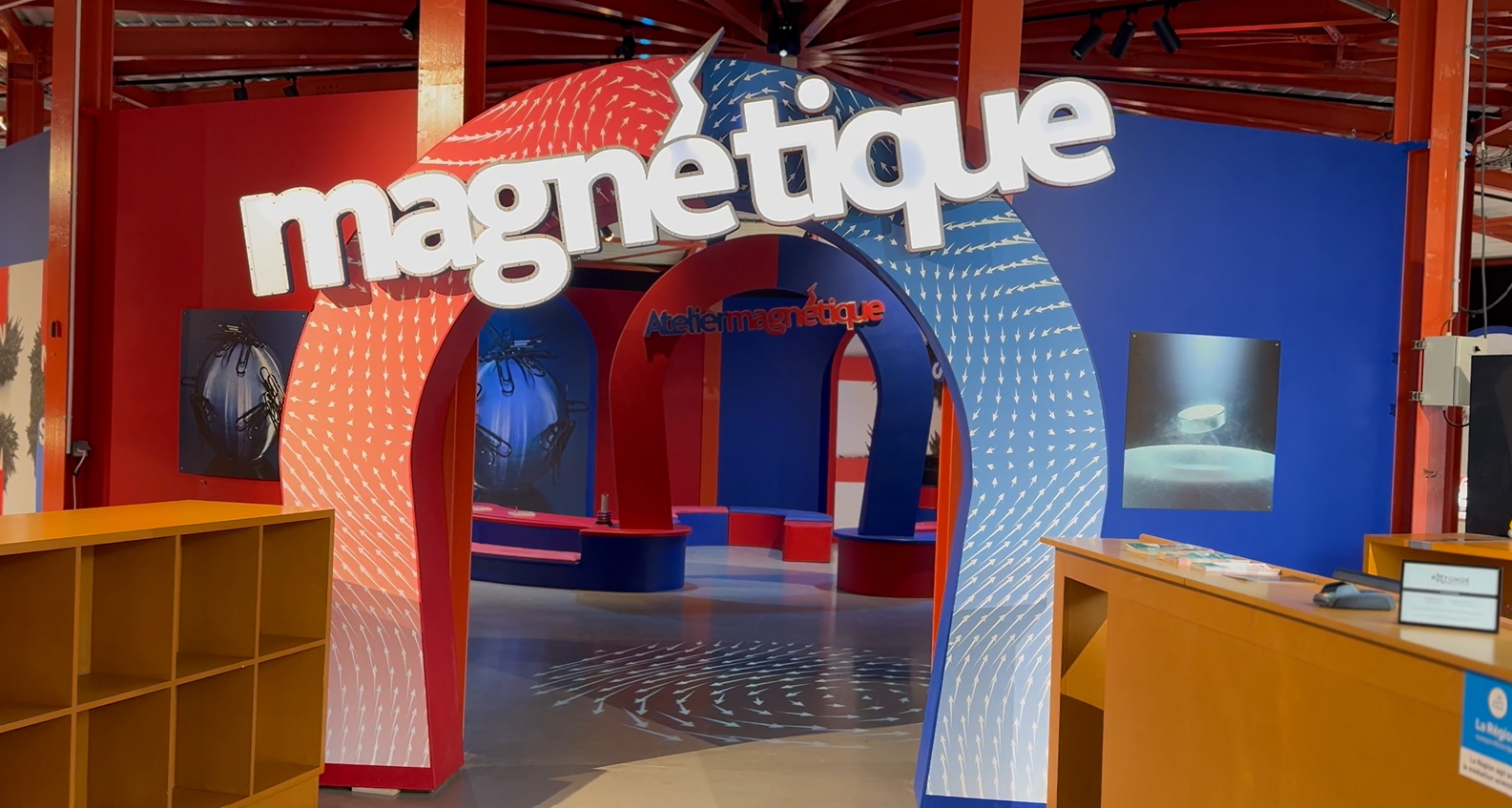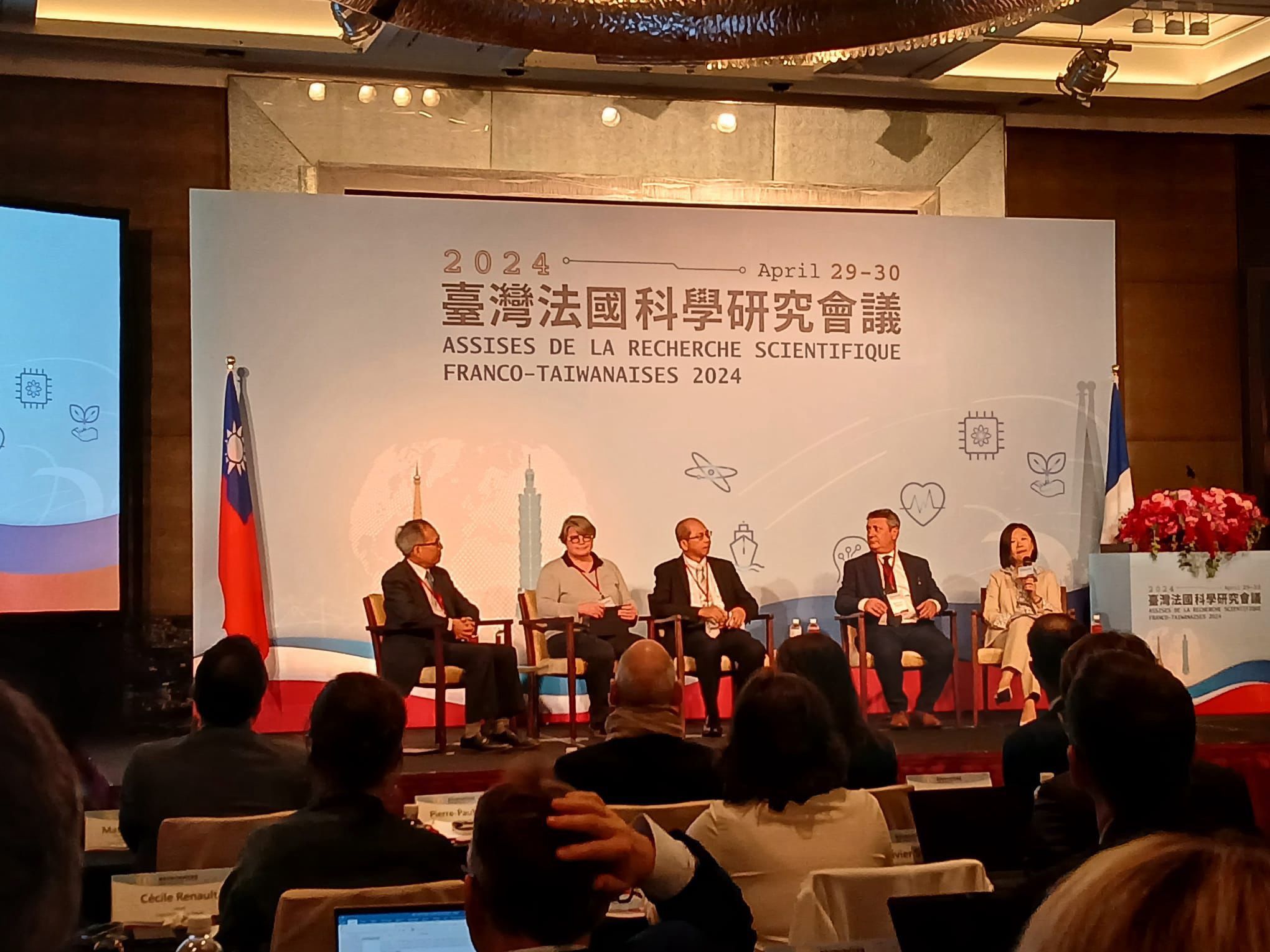Manuel Bibes awarded the CNRS 2025 Silver Medal
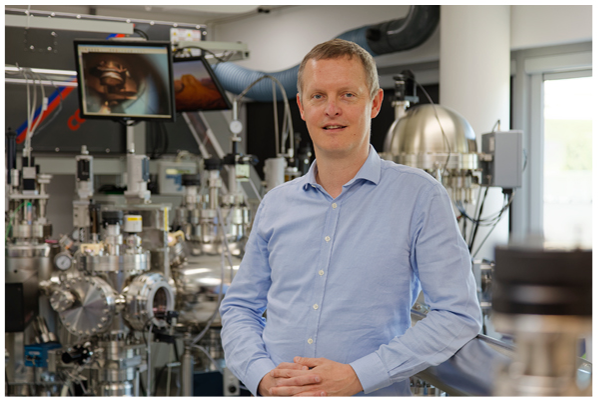
On June 16, 2025, the CNRS announced the winners of its prestigious medals. This year, as part of the PEPR SPIN program, Manuel Bibes, CNRS Research Director at the Albert Fert Laboratory and co-founder of the start-up Nellow, was recognized for his work on the physics of functional and multifunctional oxides. His research, combining mastery of fundamental concepts with the exploration of disruptive devices, is opening new avenues toward more energy-efficient electronics and spintronics
His scientific journey
A graduate of the National Institute of Applied Sciences (INSA) in Toulouse in 1998, Manuel Bibes earned his PhD in 2001 from the Autonomous University of Barcelona, where he specialized in thin manganite films for spintronics. After a postdoctoral position at the Joint Physics Unit CNRS/Thales under the supervision of Albert Fert, he joined the CNRS in 2003 at the Institute of Fundamental Electronics in Orsay.
He has been a visiting researcher at MIT and the University of Cambridge, and returned to the Joint Physics Unit CNRS/Thales in 2007, which has been known since 2023 as the Albert Fert Laboratory, with the University of Paris-Saclay added as a supervisory institution since 2021. Manuel Bibes is a recognized specialist in multiferroic materials and next-generation spintronic devices, in which spin properties are controlled by an electric voltage rather than a current, resulting in much lower energy consumption.
Research in electronics and spintronics
Throughout his career, Manuel Bibes has made major advances in multifunctional oxides and their interfaces. His work notably led to the discovery of giant electroresistance at room temperature in ferroelectric tunnel junctions, paving the way for electronic synapses in neuromorphic computing, and to the observation of a large-amplitude topological Hall effect in thin manganite films.
He also investigates two-dimensional electron gases appearing at interfaces between insulating oxides and the spin-charge conversion effects induced there by Rashba coupling—key findings that caught Intel’s interest in developing a new spin transistor. More recently, his team’s research has focused on superconductivity in these electron gases and in rare-earth nickelates.
As part of the PEPR SPIN program, Manuel coordinates the NIFTY project, which aims to develop a new approach to magnetoelectric coupling using ferroelectric nitrides to design CMOS-compatible ME-RAM. He also seeks to create ultra-low-power spin-orbitronic devices and ferroelectric two-dimensional electron gases for high-mobility transistors.
Author of over 240 publications and holder of 19 patents, Manuel Bibes combines fundamental physics with innovative applications. Recognized as a Highly Cited Researcher, he received the Europhysics Prize in 2022 for his work.
A path toward applied science with the launch of Nellow
In October 2024, Manuel Bibes teamed up with Laurent Vila and Jean-Philippe Attané, both researchers at the SPINTEC laboratory at CEA Grenoble, to found NELLOW. This young company aims to design and market new logic and AI components, with a clear goal: to drastically reduce the energy consumption of electronic chips through advances in spintronics and oxide physics.
Backed by early recognition from the Bpifrance iLab competition and a successful EIC Transition project, NELLOW is currently preparing an ambitious fundraising round of approximately €10 million to accelerate its development and industrialize its technologies. Through this initiative, the co-founders aim to transform years of fundamental research into concrete solutions for a more sustainable and environmentally friendly digital future.
